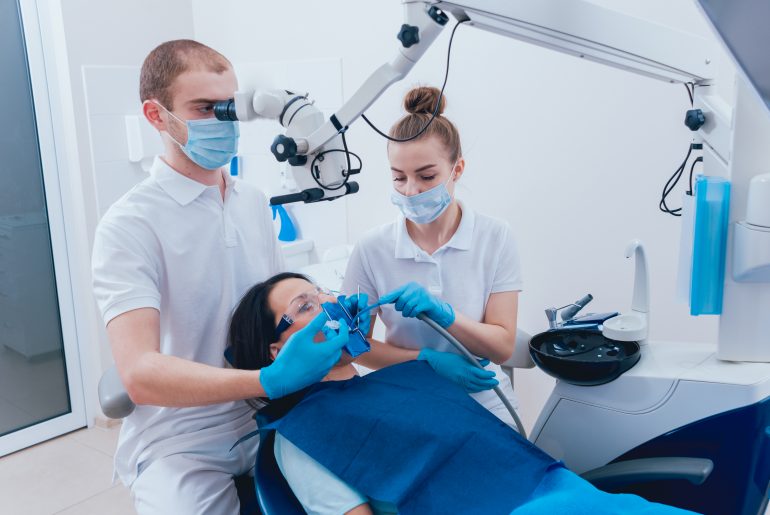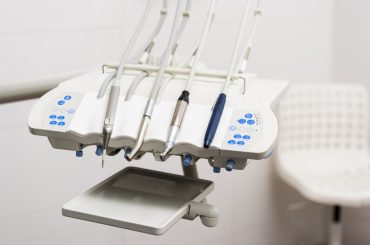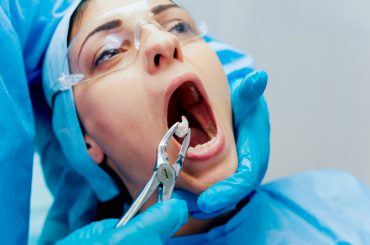Root canal treatment (RCT) is a process in dentistry where the dentist extracts pulp from the tooth chamber and root canals. This is done to remove the infected pulp tissue which can be the cause of infection, pain, and tooth sensitivity. After removing the pulp, the dentist seals the canals with a sealant and then fills the pulp chamber with a filling material.
Because root canal treatment (RCT) involves removing the blood vessels, it dries up the tooth and makes the structure brittle. It is therefore advisable to have a tooth crown or tooth cap to hold up the tooth structure reinstating the tooth integrity.
When do we need Root Canal Treatment?
RCT is required when the pulp inside the tooth gets infected or damaged or when the tooth decay proceeds to the chamber of the tooth.
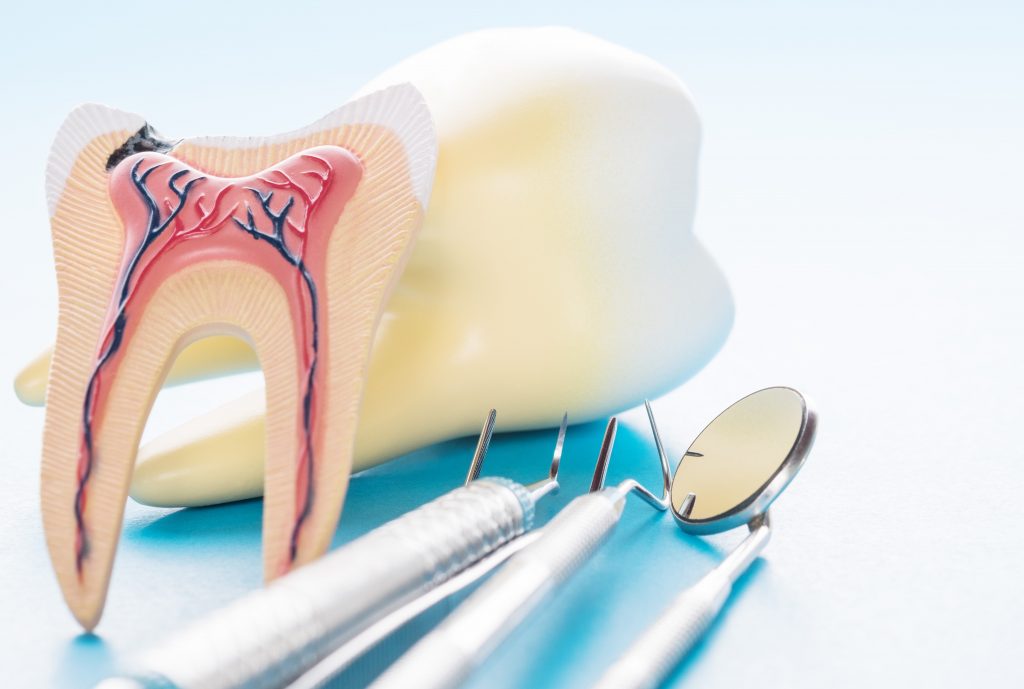
Procedure
To start the root canal treatment, we need to gain entry into the pulp chamber by removing the roof of the chamber. This is done by using a dental drill to cut uncover the chamber roof by drilling down the tooth surface.
RCT is usually done under anesthesia because of pulp involvement. If there is any vital pulp, then the root canal instruments can cause pain while operating. If no vital pulp remains, then anesthesia is not required. Sometimes when infection leads to pus formation anesthesia is not effective enough to perform a painless procedure. In this case; the dentist usually prescribes antibiotics to treat or control the infection first and then resume the procedure. Without antibiotics; RCT procedure during an infection can flare up the infection. But it is not uncommon to treat the infection completely with antibiotics because of the infected pulp is the cause of infection.
In this case; the dentist removes the pulp during the antibiotics coverage when the infection reduces under the effect of antibiotics.
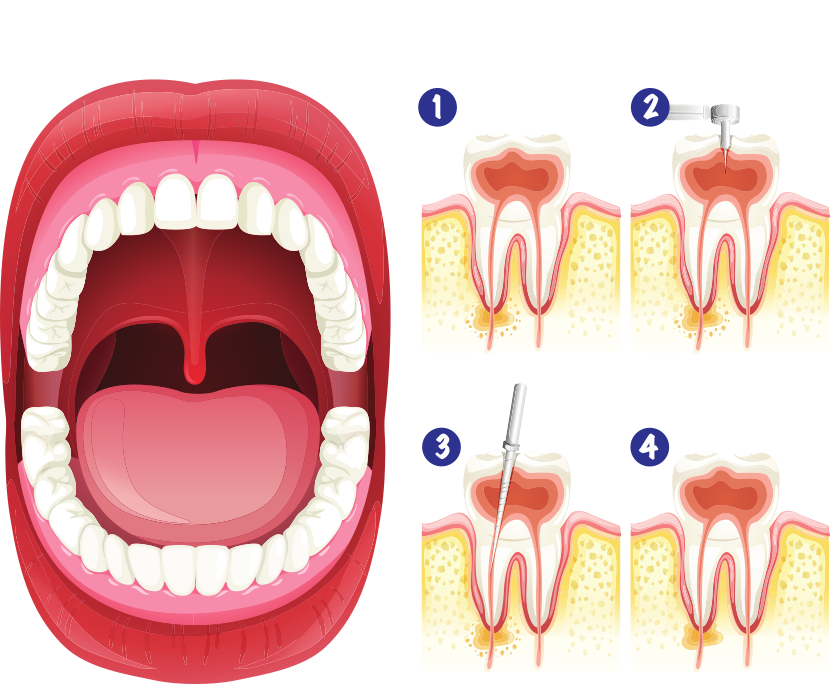
Removing the infected pulp clear up the source of infection. This can also provide an open pathway for the underlying infection or pus to drain through the root canals which are now cleared up of the pulp. Drainage happens because the tooth root opens at the apex of the root and this is where the infection resides. When the dentist clears up the pulp from the root canals and pulls the pulp out via the pulp chamber, one end of the canals is opened at the root apex and the second end opens in the pulp chamber. Remember; the dentist has already opened the chamber by removing its roof in the first place.
The pulp is removed by using a variety of fine needle or screw-type instruments. In dental language, these are known as-
- Barbed Broaches
- Files
- Reamers
- Excavators
- Drills
- And Ultrasonic Instruments
Extra care is usually taken because the thin instruments can break within the canals increasing the complexity of the procedure.
Drilling and excavation are accompanied by irrigation with normal saline to drain and flush the tooth shavings and infected debris out of the root canals.
RCT is a complex but trusted procedure that has been tested over many years. It is usually done by experienced general dentists or by dental specialists known as Endodontists. When done correctly, it is an extremely successful procedure with minimum to zero post-operative complications.
Timeline
RCT is usually a treatment to fix and the underlying cause. It can be an infection, broken tooth, or a dead tooth structure. Depending on the underlying cause, RCT can be completed in a single visit or in multiple visits.

